MonitAnt: European-level monitoring strategy for mound-building Formica ants

In the popular imagination, when we think about environmentally impactful ants, the first images that come to mind are often invasive ants (e.g. Argentine ants and Fire ants), leaf-cutter ants, army ants, and many other tropical examples we might have seen in documentaries or in popular science books. Nevertheless, even far from the equator, there are admirable native ants of outstanding importance for their habitat: the “red wood ants”, for example. Taxonomically speaking, we are referring to the Formica rufa species-complex, a Holarctic ant group widespread in temperate and boreal forests and natural grasslands. By providing ecosystem services (e.g. soil elemental enrichment, a food source for several vertebrates) (Robinson et al. 2016) and suitable conditions to a broad range of other invertebrates tightly associated with them (the so-called “myrmecophiles”) (Parmentier et al. 2014), these ants are considered as umbrella and keystone species in their habitats. Despite their importance, evidence of local declines and extinctions has been reported in several countries due to habitat fragmentation, climate change, changing forestry management practices, and agricultural intensification (Dekoninck et al. 2010; Balzani et al. 2022). However, a comprehensive assessment of population trends and threat status across Europe is still lacking. This is exactly where our EU Biodiversa+ project MonitAnt comes into play. As a team of researchers from 7 European countries (Belgium, Czech Republic, Finland, Germany, Italy, Romania and the UK), we not only want to develop a standardized monitoring strategy for wood ants but also learn more about their ecology, genetic diversity, associated myrmecophiles, habitat requirements, and threats on a transnational level. The participation of partners from multiple countries allows us to examine this along large latitudinal and altitudinal gradients.
A News contribution edited by Patrick Krapf, Alice Laciny, Beatriz Portinha

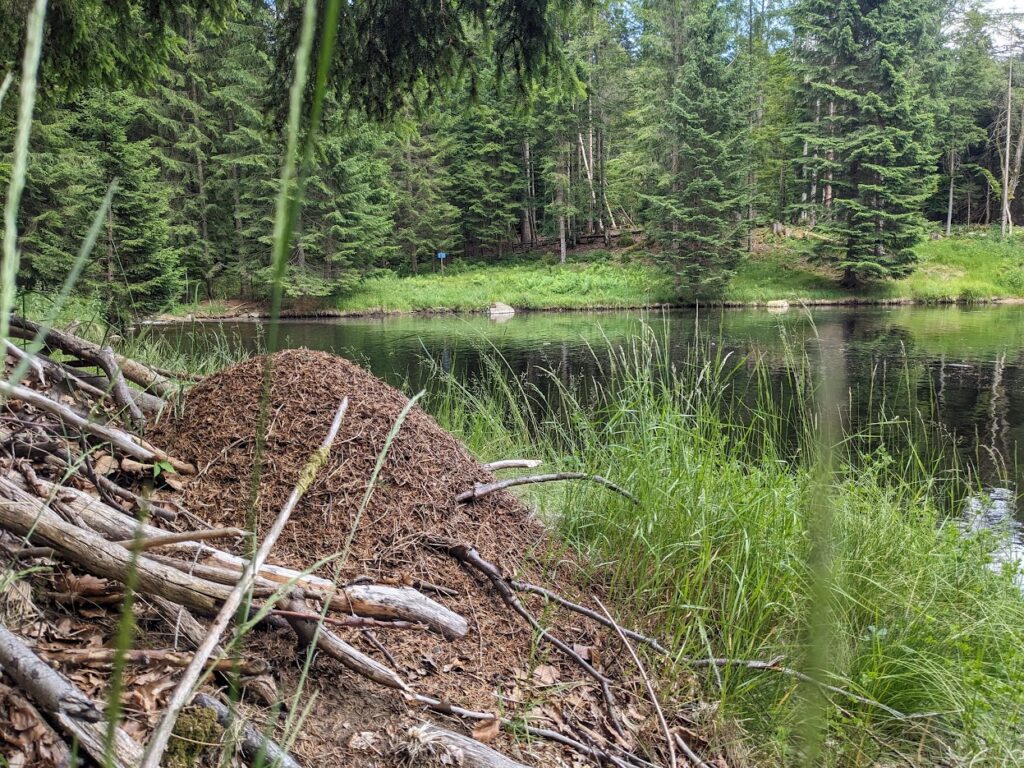
We are Melvin Opolka and Elia Nalini, two PhD students highly keen on the myrmecological world. Being part of the MonitAnt project allows us to contribute to this promising initiative and we are thrilled to work in such an international network of scientists.
Elia works at EURAC Research, in South Tyrol, Italy, and is supervised by Elia Guariento. His journey began several years ago, at the Natural History Museum of Verona, where he worked as a volunteer. The vast variety of ants, with their endless forms and shapes, captivated him. Since then, he has been passionately dedicated to studying these remarkable animals, especially from a taxonomic viewpoint. Now, with his PhD project, he has finally obtained the opportunity to study ants from an ecological perspective.
Melvin is part of Heike Feldhaar’s research group at the University of Bayreuth, Germany. His fascination with ants began as a child when he first saw a colony of leafcutter ants at the Aquarium-Berlin. Since then, his interest has been unbroken and, as part of his master’s thesis, he investigated the diversity of ants in Peruvian cocoa forests and actively supports the ‘Ameisenschutzwarte’ (ASW), which is committed to the protection of mound-building wood ants in Germany. The resulting cooperation between researchers and citizen scientists is also valuable for our project and the associated communication with policymakers.
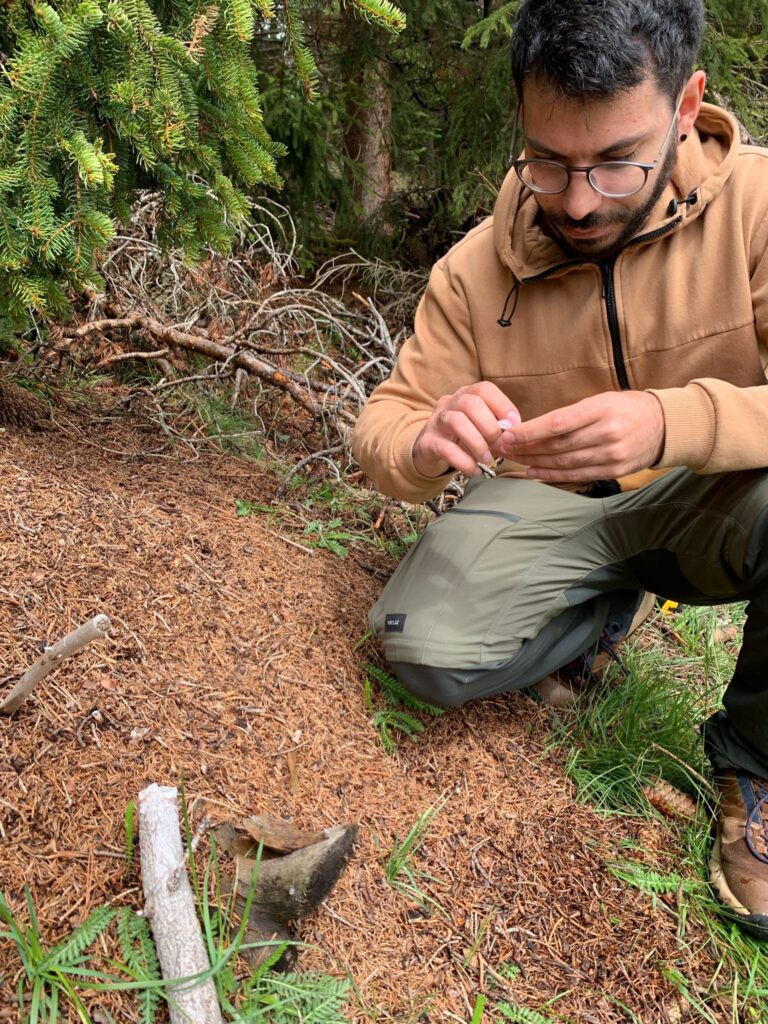
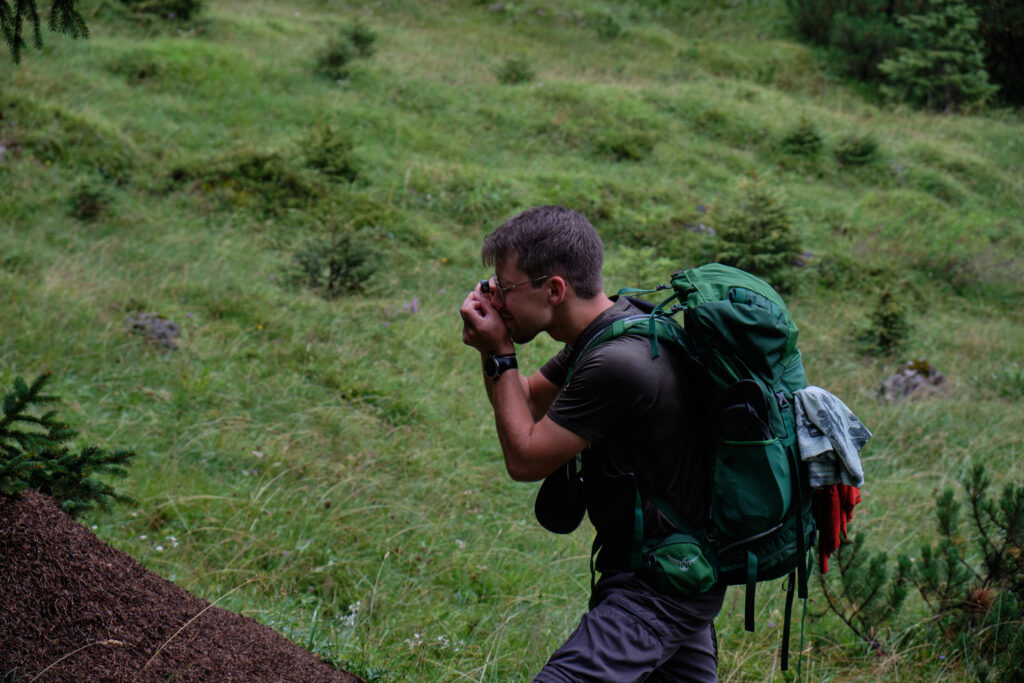
Speaking of citizen science, our project also aims to map the distribution of wood ants throughout Europe. The collected data will help us better understand their habitat requirements, conservation status, and threats, contributing to improved protection measures. Anyone exploring nature with a smartphone can participate. Observations can be submitted via our custom form (https://ee-eu.kobotoolbox.org/x/OIRjEldX) or the iNaturalist app (https://www.inaturalist.org/projects/wood-ants-monitant-citizenscience-project). Simple questions about the nest and habitat are included, along with an option to upload photos. Every contribution helps—whether by participating directly or sharing the project with others. The more data we gather, the clearer our picture will be for protecting these fascinating insects.
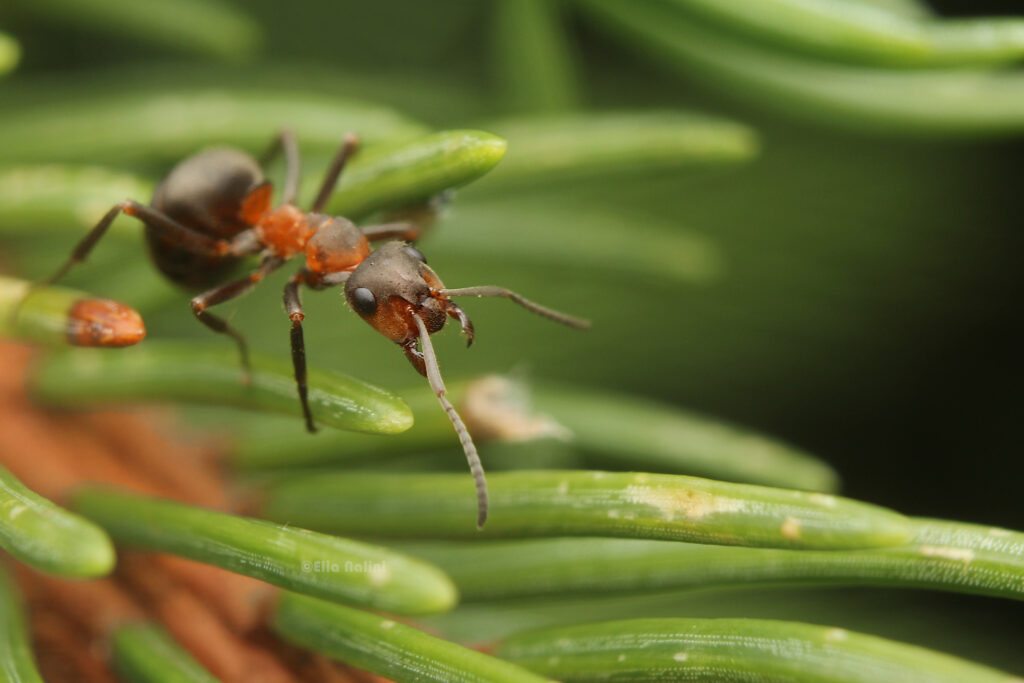
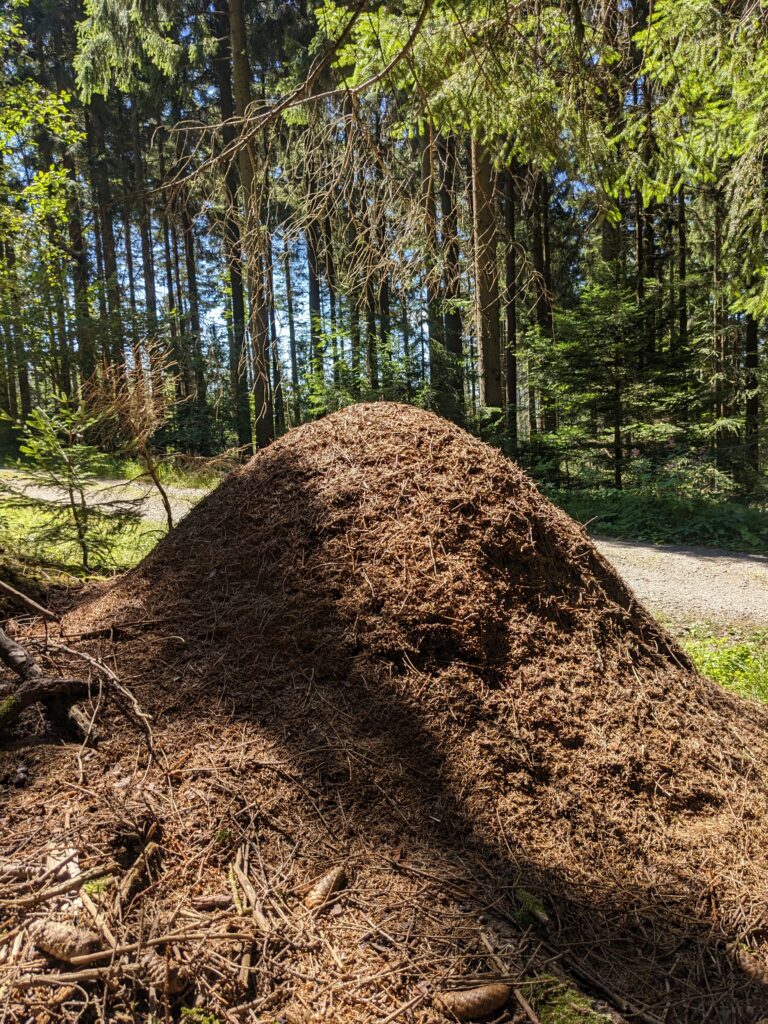
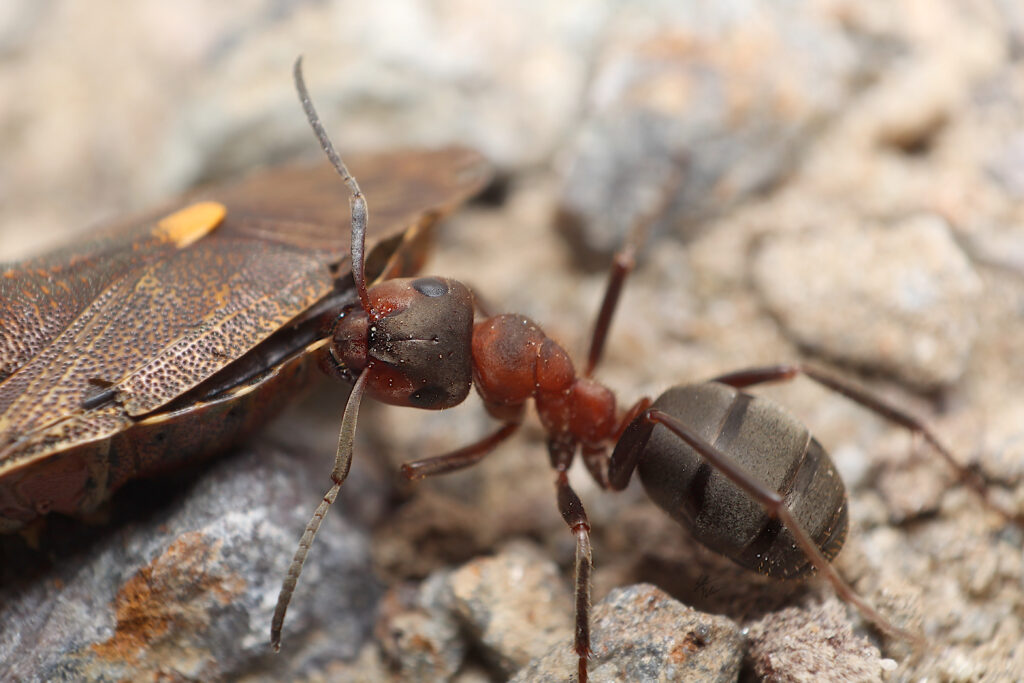
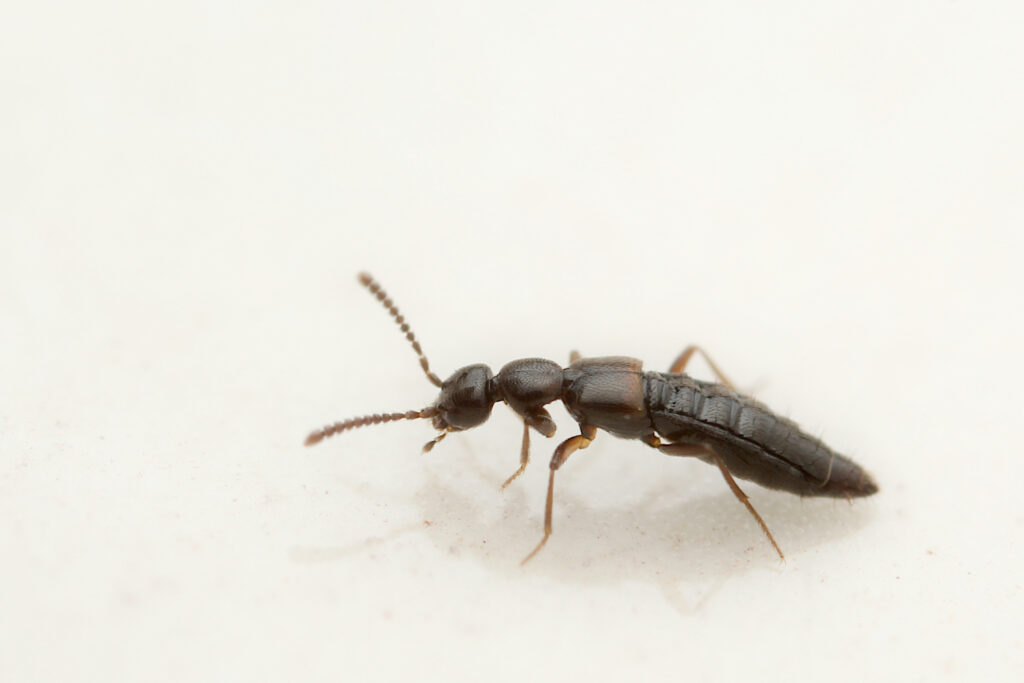


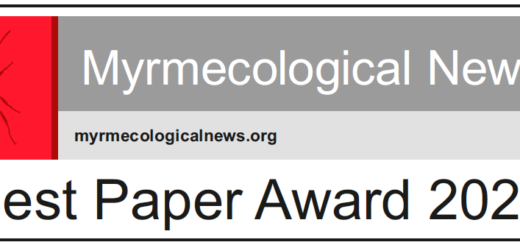


Recent Comments